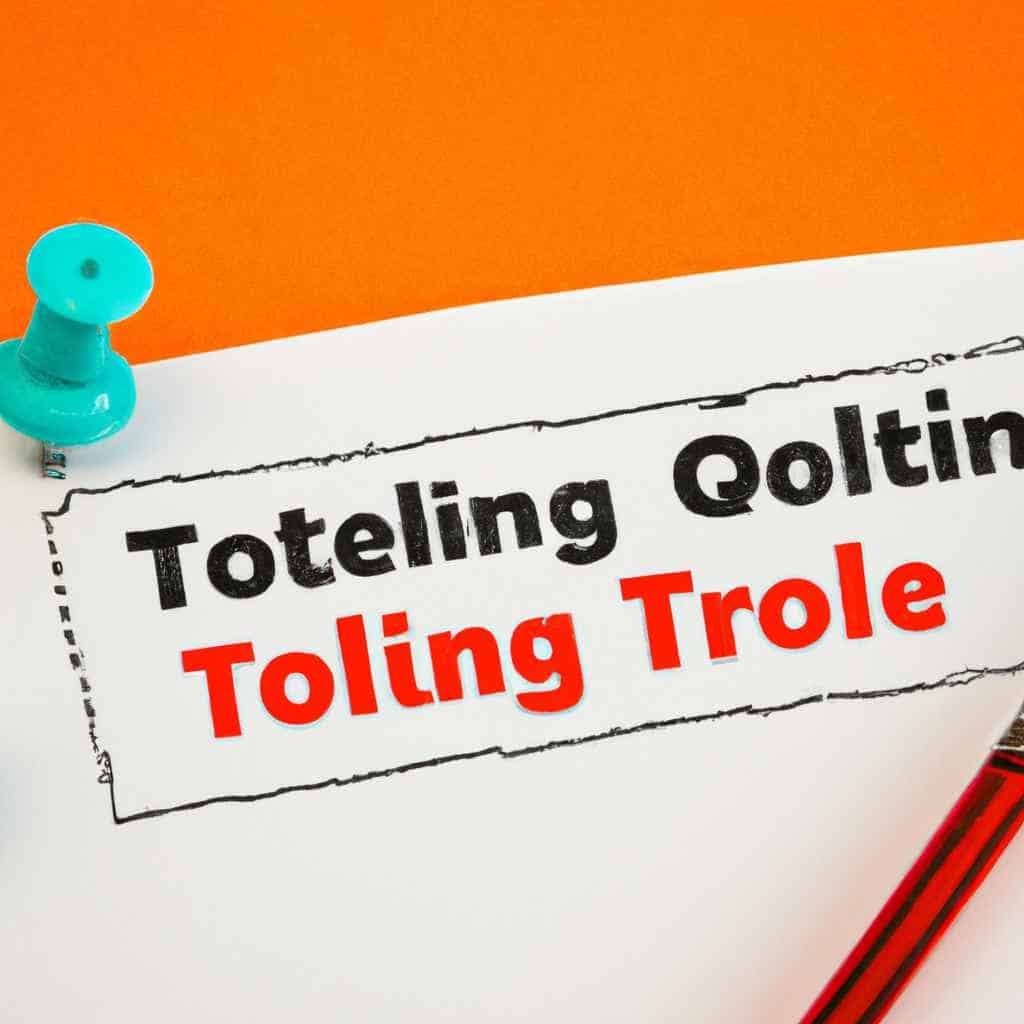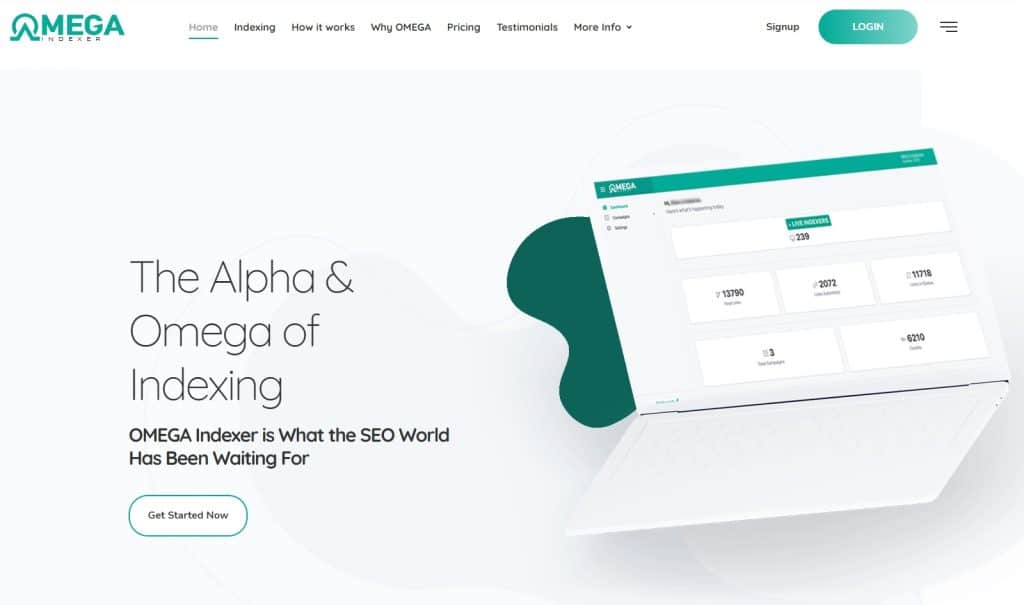As a website owner, one of the most discouraging things is to find out that your site has been penalized for thin content. This can have a major impact on your search engine rankings which will ultimately affect the traffic to your site. However, there are steps you can take to troubleshoot this issue and improve your site’s SEO.
Firstly, conduct a content audit of your site to determine which pages have thin content. Once you’ve identified them, beef up the content by adding relevant and value-adding information to each page. Consider additional resources such as images, videos, infographics, and charts to provide visual aids for your readers.
Be sure to optimize your site’s structure and internal linking to ensure that your content is easily accessible and provides a good user experience. Moreover, it is important to eliminate duplicate content and broken links.
Overall, troubleshooting thin content penalties for improved SEO takes time and dedication, but it’s well worth the effort. Your website’s traffic and visibility will thank you for it!
Troubleshooting Thin Content Penalties for Improved SEO
Have you been slapped with a thin content penalty by Google? Are your website rankings falling drastically? If so, it’s time to troubleshoot and fix the issue quickly. In this article, I’ll discuss what thin content is, how it affects SEO, and how you can fix it.
Section 1: What is Thin Content?
Thin content refers to pages with little or no valuable content. These pages may have duplicate content, hidden text, or low-quality content that doesn’t provide any value to the user. Google penalizes websites that have thin content because it doesn’t offer a great user experience.
Subsection 1:1: What qualifies as thin content?
Thin content can include short blog posts, pages with less than 300 words, pages with duplicate content, and pages with little or no content.
Subsection 1:2: Why is thin content bad for SEO?
Thin content is bad for SEO because it reduces the time users spend on your website, leading to a high bounce rate. Google ranks websites based on the user experience, and if users aren’t happy with your content, your rankings will suffer.
Section 2: How to Identify Thin Content?
Identifying thin content is essential to fix the issue. Here are some tools and techniques to identify thin content:
Subsection 2:1: Use Google Analytics
Go to your Google Analytics account and navigate to Behavior > Site Content > All Pages. Check for pages with a high bounce rate and low time on page. These pages may have thin content.
Subsection 2:2: Use Google Search Console
Go to Google Search Console and navigate to Coverage > Excluded. Check for pages that have been excluded because of thin content.
Section 3: How to Fix Thin Content?
When you’ve identified the thin content, it’s time to fix it. Here are some ways to improve your content:
Subsection 3:1: Add More Content
Add more valuable content to the page. The minimum word count should be 300 words, but aim for 500-1000 words per page.
Subsection 3:2: Remove Duplicate Content
Remove any duplicate content from your website. Use tools like Copyscape to check for duplicate content.
Subsection 3:3: Improve Content Quality
Improve the quality of your content by using relevant keywords, breaking up large blocks of text, and adding images and videos.
Section 4: How to Avoid Thin Content?
Preventing thin content is better than fixing it. Here are some ways to avoid thin content:
Subsection 4:1: Follow Content Guidelines
Follow content guidelines by creating a content strategy, setting word count requirements, and using high-quality keywords.
Subsection 4:2: Update Content Regularly
Regularly update your content to keep it fresh and up-to-date. This will also help you rank higher in search engines.
Section 5: Conclusion
In conclusion, thin content is bad for SEO and can hurt your website rankings. However, fixing the issue is simple if you follow the troubleshooting and fixing steps mentioned in this article. By avoiding thin content, you can create a better user experience on your website and improve your search engine rankings.
| Heading | Information |
|---|---|
What is Thin Content? | Content that lacks substance or provides minimal value to the reader. Thin content can include duplicate content, low-quality content, automatically generated content, and content with little to no text. |
What is a Thin Content Penalty? | A penalty given by Google for having thin content on a website. This can result in a decrease in search engine rankings and organic traffic. |
How to Identify Thin Content? | Use tools like Google Analytics and Google Search Console to identify pages with a low average time on page, high bounce rates, and low pageviews. Also, check for pages with thin content by manually reviewing the page and determining if it provides value to the reader. |
How to Fix Thin Content? | Combine duplicate content, remove low-quality content, generate unique and valuable content, and increase the amount of text on pages with little to no content. Ensure all pages have a clear purpose and provide value to the reader. |
How to Recover from a Thin Content Penalty? | Fix the thin content issue, submit a reconsideration request to Google, and wait for the penalty to be lifted. It may take several weeks for Google to review the request and remove the penalty. |
How To About Troubleshooting Thin Content Penalties For Improved SEO
Thin content can severely affect website ranking in search engines, leading to reduced traffic and visibility for your site.
FAQs:
1. What is thin content?
Thin content refers to low-quality web pages that offer little or no value to the user. These pages may have a few sentences of text or duplicate content from other sites.
2. How can I identify thin content pages on my website?
Tools like Google Analytics and Google Search Console can help you identify pages that are receiving low traffic and engagement. You can also use content analysis tools to check for duplicate content and low word counts.
3. What are the consequences of having thin content on my site?
Having thin content can result in Google penalties, which will lower your website’s visibility in search engine rankings. This will result in reduced traffic and revenue for your site.
4. How can I avoid thin content penalties?
To avoid thin content penalties, you should focus on creating high-quality content that is relevant and valuable to your audience. You should also avoid duplicate content, use proper heading tags, and include internal and external linking.
5. How long should my content be to avoid thin content penalties?
While there is no set length for content to avoid thin content penalties, you should aim to create content that is comprehensive and authoritative. Your content should provide answers to the user’s questions and be helpful in solving their problems. Generally, a content length of 500-1000 words is recommended.
Article:
Thin content penalties can be detrimental to a website’s search engine rankings. If your website has been hit with this penalty, there are steps you can take to troubleshoot and improve your SEO.
First, start by identifying the pages on your website that have thin content. These are pages that have very little text, few images, and limited information for the user. Once you have identified these pages, you can begin to improve them by adding more text, expanding on the topic, and incorporating images and videos.
Another important step is to review your website’s overall content strategy. Ensure that your website has a clear purpose and that each page has a specific topic and target audience. Avoid duplicating content across pages and ensure that the content is relevant, valuable, and informative for the user.
Finally, ensure that your website is following best practices for SEO. This includes optimizing your website’s metadata, using relevant keywords throughout your content, and ensuring that your website is mobile-friendly and loads quickly.
By implementing these steps, you can troubleshoot thin content penalties and improve your website’s SEO. With time and effort, your website’s search engine rankings should improve and you should see an increase in traffic and engagement.
Reference URLs:
1. What is Thin Content, Why Does it Matter for SEO?
2. How to Avoid a Google Penalty for Thin Content

One of the Top SEO Consultants In Bangladesh. In 7 years of my career, I have worked with more than 80 brands & uncountable love from my SEO clients. To provide SEO service I have an in-house SEO team.




